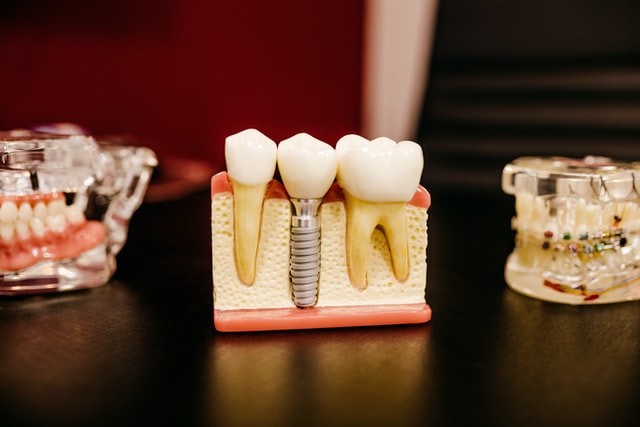
We all would agree that the teeth in our mouth are important. There are three main functions of teeth these are masticating/chewing food, allowing us to pronounce words, and shaping the face.
They are different types of teeth located in different parts of the mouth. Permanent teeth are the ones that we use throughout our entire lives, so they must be taken care of and their roles must be understood. We consulted with the Clifton dentist to gain a better understanding of the roles and structure of the teeth.
Structure and functions of teeth
The parts of the tooth that you can see in your mouth have their roots buried within the Jawbone.
Every tooth comprises dentin, cementum, enamel, and pulp tissue. The part of a tooth displayed in the oral cavity is recognized as the dental crown, and the piece below the dental crown is said to be the tooth root.
The dental pulp cavity is in the center of the tooth, through which the dental pulp, called the nerve, operates. To receive an impact on the tooth and to incorporate and relieve the force on the jaw, the surface of the tooth root area also known as the cementum, and the alveolar bone are joined by a fibrous tissue called the periodontal ligament.
The tooth is sustained by the tissue consisting of the alveolar bone, gums, and the periodontal ligament.
Enamel -: dental crown
Dentin - The tissue that forms the tooth from the dental crown to the tooth root, situated inside the enamel and cementum. It is softer than the enamel. Inside the dentin, there is A small tube filled with tissue fluid, called the dentinal tubule.
Gingival sulcus - The tiny space between the teeth and gums. It is called the periodontal pocket or gingival pocket when this space deepens because of inflammation.
Cementum - The tissue covering the surface of the tooth root. It connects the alveolar bone with the tooth by the periodontal ligament. It's as hard as bone.
Dental pulp - The tissue is called the nerve. Blood vessels and the lymph vessels, as well as nerve fibers, are located in the dental pulp, supplying nutrients to the dentin.
Gingiva - The soft tissue covering the alveolar bone. It is generally called "gum".
Alveolar bone - The jaw bone supporting the tooth; the tooth is planted into this bone. If a large portion of the alveolar bone is damaged by periodontal disease, the tooth gets loose.
Periodontal ligament - Tissue comprising mainly of the fibrous tissue that joins the tooth root and the alveolar bone. It limits force applied to the tooth from being directly inflicted on the alveolar bone when chewing food.
Types of teeth
Canines
These serve the purpose of tearing food. The canines are the third permanent teeth from the center of the mouth to the back in the upper and lower jaws. In total, there are 4 canines, two in the lower jaw and two in the upper.
Molars
These teeth serve the purpose of grinding the food and are located behind the canines. In milk teeth, we have two molars, one on the left and right sides of the upper and lower jaws.
There are two premolars and molars each on the left and right sides of the upper and lower jaws, in permanent teeth, for a total of 16 molar teeth. If we were to count the wisdom teeth, it would be 20.
Milk Teeth and Permanent Teeth
The jaw grows bigger with the growth of the body, and as the jaw grows, children's teeth/milk teeth are substituted with adult teeth called permanent teeth. When all of a child's permanent teeth have appeared, the chewing force gets stronger, allowing them to eat different types of food easily. Permanent teeth are very valuable teeth because a person uses them for their entire lives.
Final words
In order to support 20 or more teeth, you should implement appropriate plaque control daily, in addition to obtaining routine check-ups in order to identify symptoms early and to initiate prompt treatment. Even if you do not have 20 teeth currently, you can regain your chewing capability by utilizing dental prostheses. Always take excellent care of your teeth.
© 2025 NatureWorldNews.com All rights reserved. Do not reproduce without permission.





